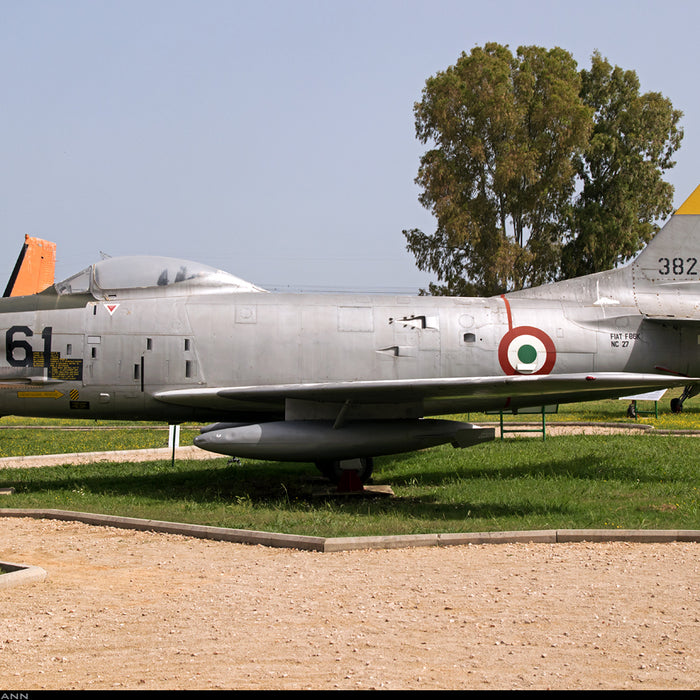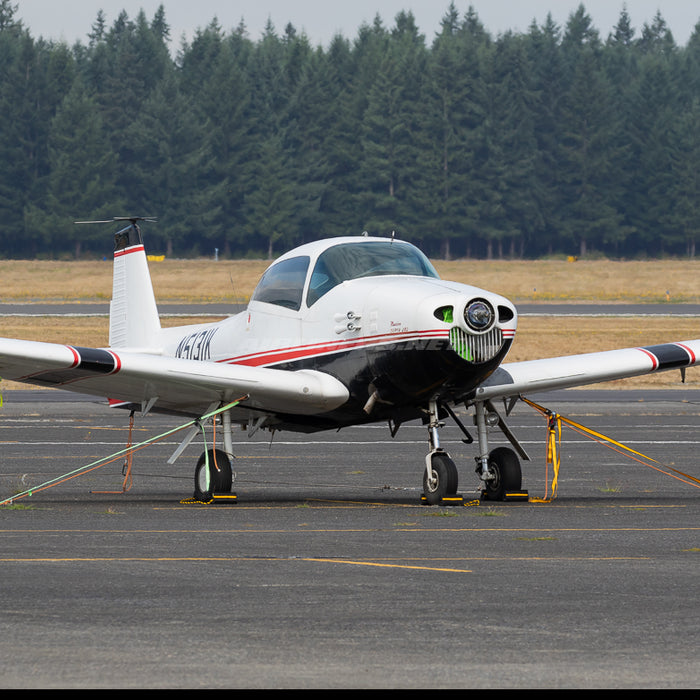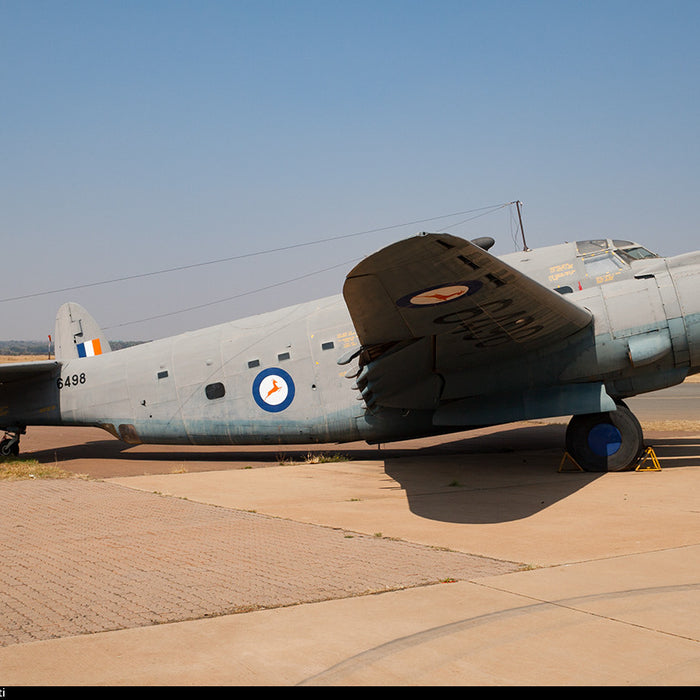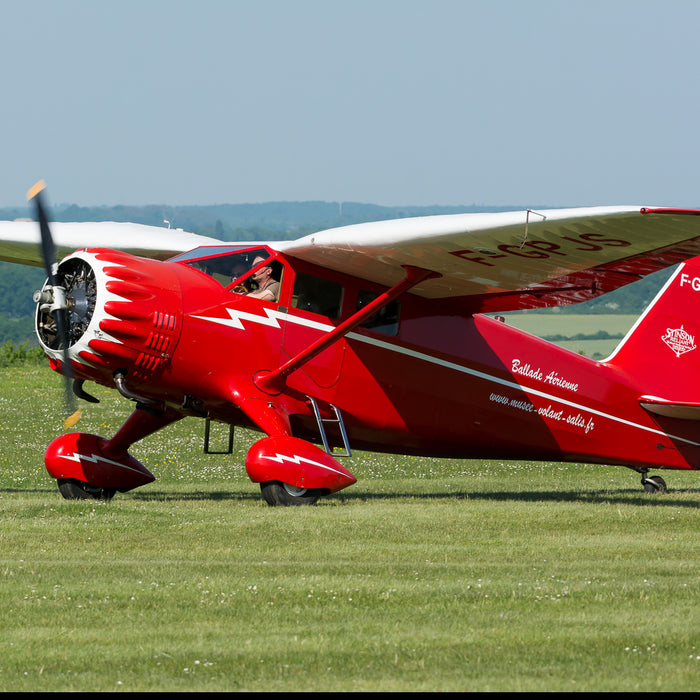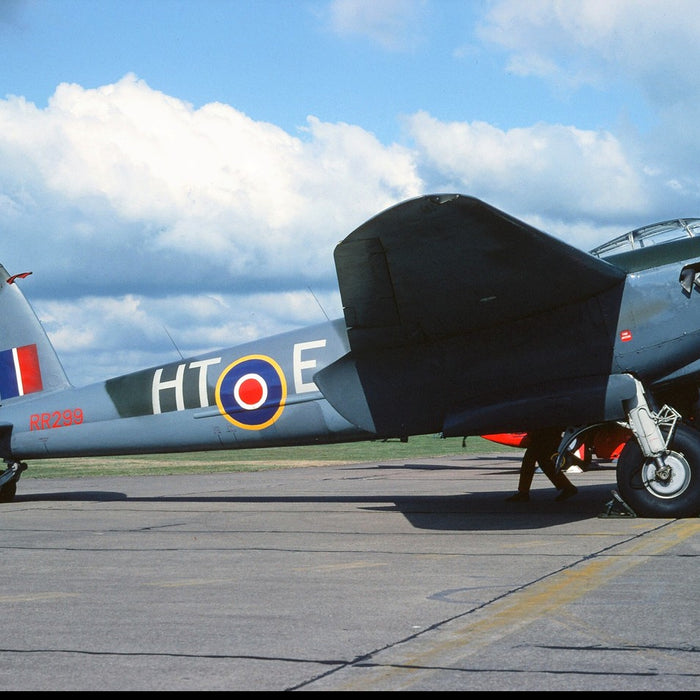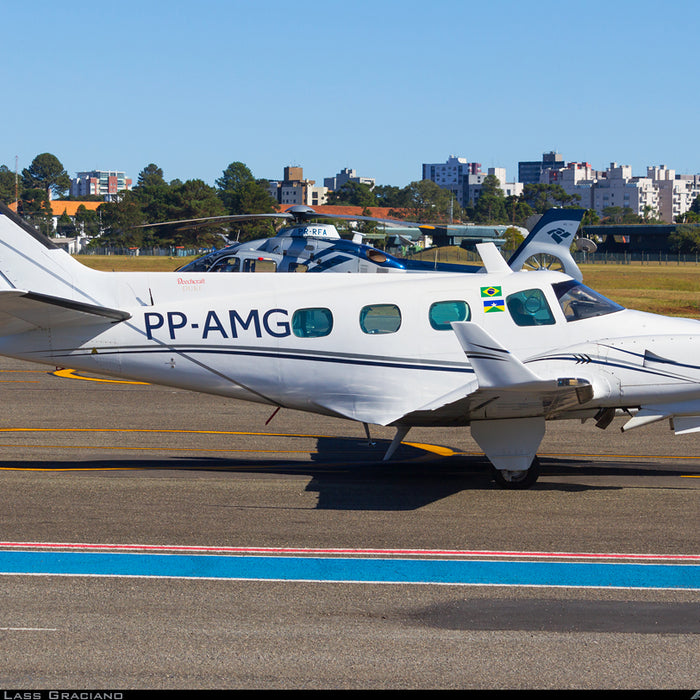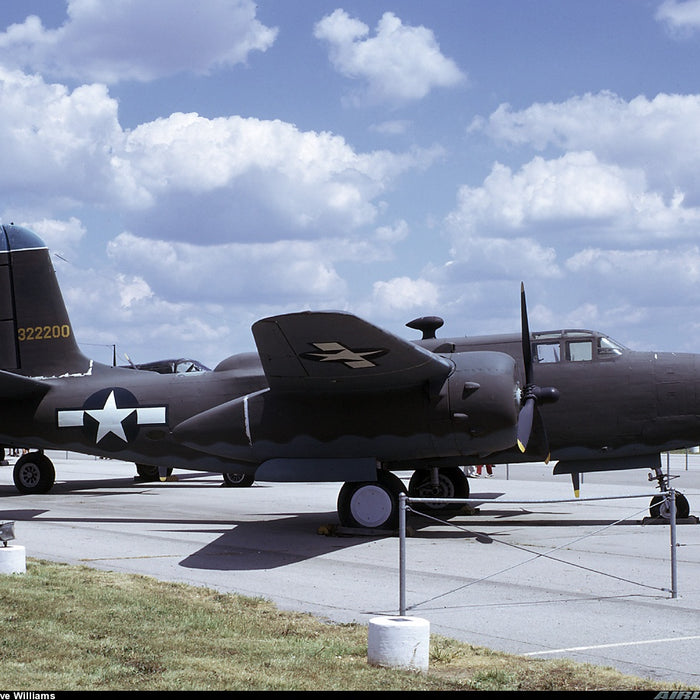
Number 85 of 100 in 100: The Douglas A-20 Havoc
Conceptualization: The Douglas A-20 Havoc came to life during the late 1930s—when global militaries were racing to modernize their fleets. The United States Army Air Corps (USAAC) saw the need for a more versatile and effective attack aircraft that...

